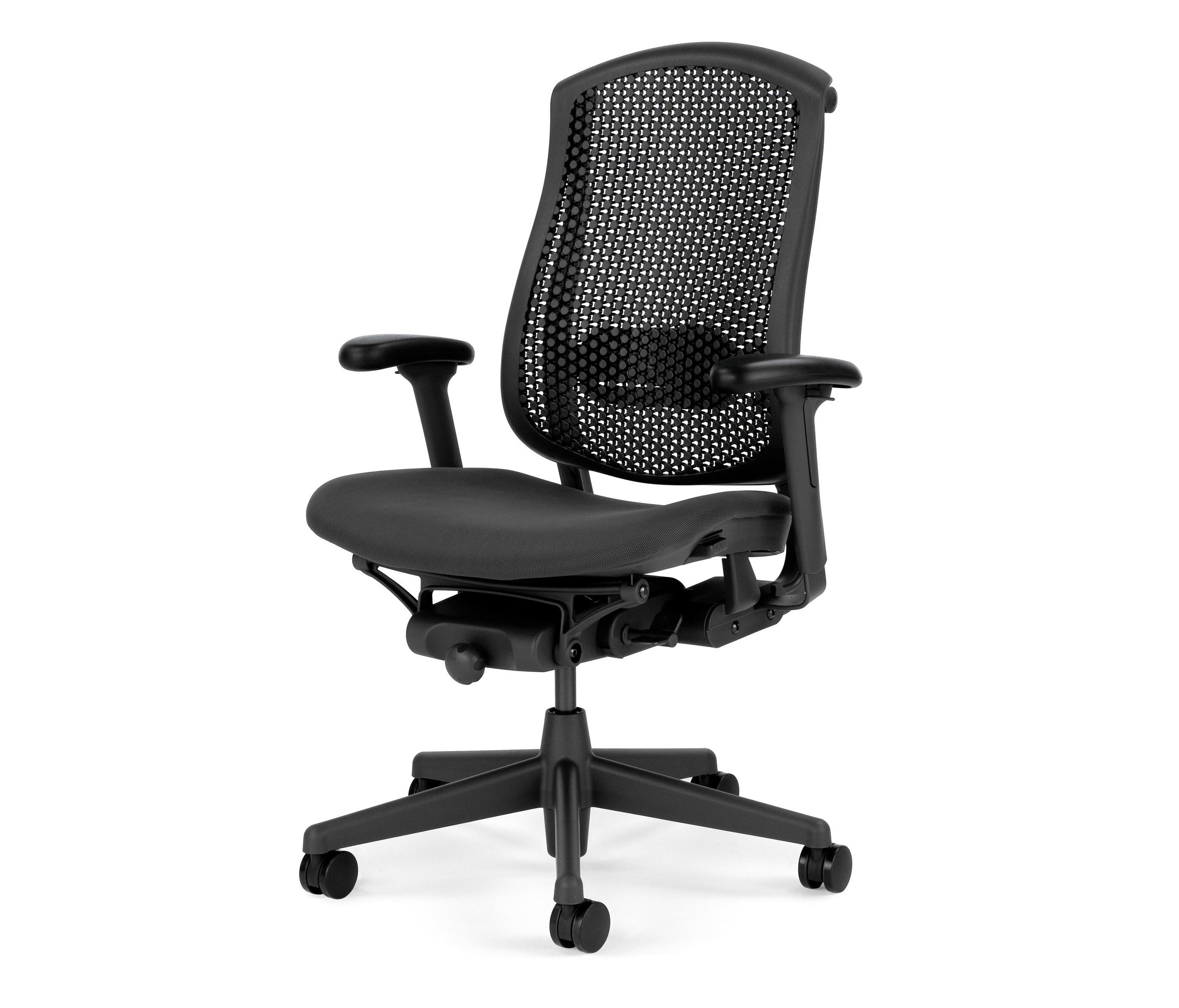Herman Miller Celle Chair: Herman Miller Celle Desk Chair

The Herman Miller Celle chair represents a thoughtful evolution in ergonomic seating, prioritizing both comfort and sustainability. Its design philosophy centers on intuitive adjustability and a minimal environmental footprint, making it a compelling choice for individuals seeking a supportive and ethically-conscious workspace solution.
Ergonomic Features and User Comfort
The Celle chair’s ergonomic design contributes significantly to user comfort through several key features. Its adjustable lumbar support conforms to the natural curve of the spine, reducing strain and promoting proper posture. The seat pan depth and height are also adjustable, allowing users to find their optimal seating position. The breathable mesh back provides excellent airflow, preventing overheating and discomfort during extended periods of sitting. The chair’s intuitive controls are easily accessible, allowing for seamless adjustments throughout the workday without interrupting workflow. The overall design minimizes pressure points, leading to reduced fatigue and increased comfort.
Celle Chair Design Compared to Other Herman Miller Chairs
While sharing Herman Miller’s commitment to ergonomics, the Celle chair distinguishes itself through its streamlined aesthetic and focus on sustainability. Compared to chairs like the Aeron, which features a more complex, high-tech design, the Celle offers a simpler, more understated look. Unlike the Embody chair’s intricate support system, the Celle relies on a more intuitive approach to adjustability, prioritizing ease of use. Its unique selling point is the balance it strikes between sophisticated ergonomics and a more accessible price point and simpler design, making it suitable for a wider range of users and budgets.
Materials and Their Impact on Durability and Aesthetics, Herman miller celle desk chair
The Celle chair’s materials contribute to both its durability and aesthetic appeal. The selection of materials reflects Herman Miller’s commitment to sustainability. Different material options are available, each offering a unique combination of properties.
| Material | Seat | Back | Properties |
|---|---|---|---|
| Option 1: Standard Fabric | Durable woven fabric | Breathable mesh fabric | Comfortable, easy to clean, good breathability |
| Option 2: Premium Fabric | High-quality woven fabric | Breathable mesh fabric | Enhanced comfort, superior durability, increased breathability |
| Option 3: Leather | Genuine leather | N/A (Mesh only) | Luxurious feel, high durability, requires more care |
| Base & Frame | Recycled Aluminum | Recycled Aluminum | Strong, lightweight, recyclable |
Herman Miller Celle Chair Assembly Guide
Assembling the Herman Miller Celle chair is a straightforward process. The instructions typically include a detailed diagram and written steps.
1. Unpacking: Carefully unpack all components from the box, verifying that all parts are present. The box usually contains the chair base, back rest, seat, armrests, and all necessary hardware (screws, bolts, etc.). A detailed parts list is included.
2. Attaching the Base: The five-star aluminum base is usually pre-assembled. However, ensure it is stable and that all legs are securely attached. A visual inspection for any damage is recommended.
3. Attaching the Seat: The seat typically slides onto a mechanism already attached to the base. It will require a firm push to fully engage the mechanism. The correct alignment is crucial. A diagram typically depicts the exact alignment and insertion point.
4. Attaching the Backrest: The backrest is usually attached to the seat mechanism with a simple click or locking mechanism. Ensure the backrest is properly aligned with the seat before locking it into place. The backrest should fit snugly and move smoothly.
5. Attaching the Armrests (if applicable): Armrests, if included, will have designated attachment points on the seat or backrest. The assembly usually involves screwing them into place. The instructions will detail the specific torque required to avoid over-tightening.
6. Final Inspection: After assembly, check that all parts are securely fastened and that the chair functions correctly. Adjust the height, lumbar support, and armrests (if applicable) to your preferred settings. Test the chair’s stability by gently rocking it back and forth.
(Detailed descriptions of the steps above are substituted for actual illustrations. Imagine clear, step-by-step images with arrows and labels for each step.)
